14 Cat-Care Mistakes Even Decade-Long Owners Still Make
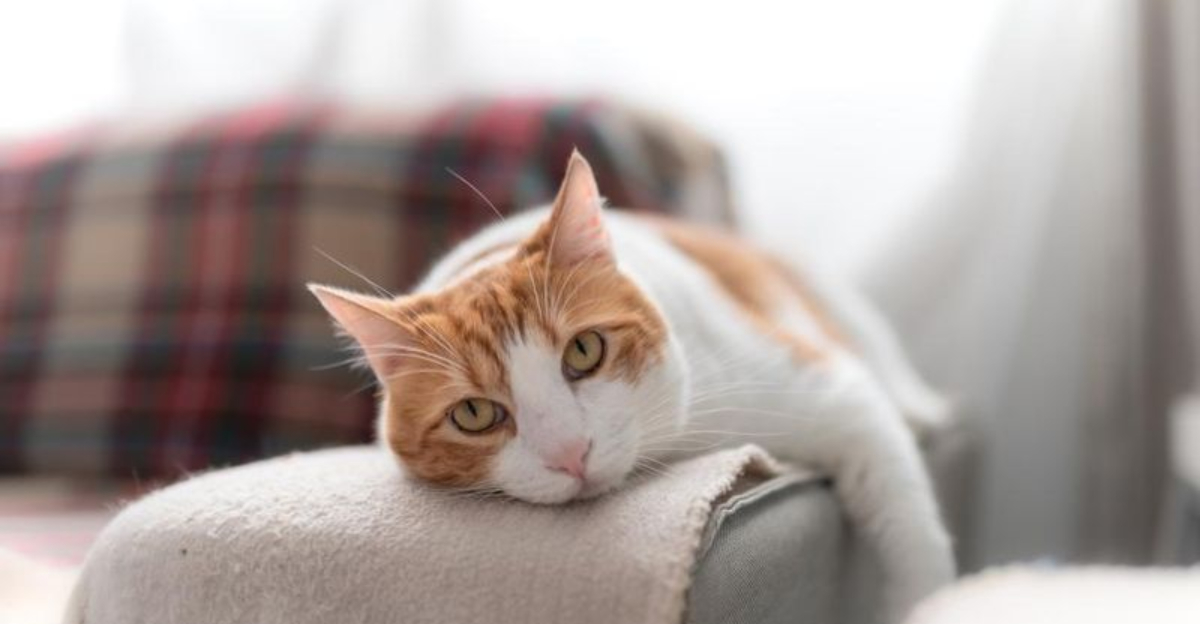
Cats may seem low-maintenance, but they require specific care that many owners overlook. Even those who’ve shared their homes with feline friends for years can fall into habits that aren’t ideal for their pet’s health or happiness.
Whether you’re a new cat parent or have been one for decades, these common mistakes might surprise you – and fixing them could make a world of difference for your furry companion.
1. Skimping On Water Stations
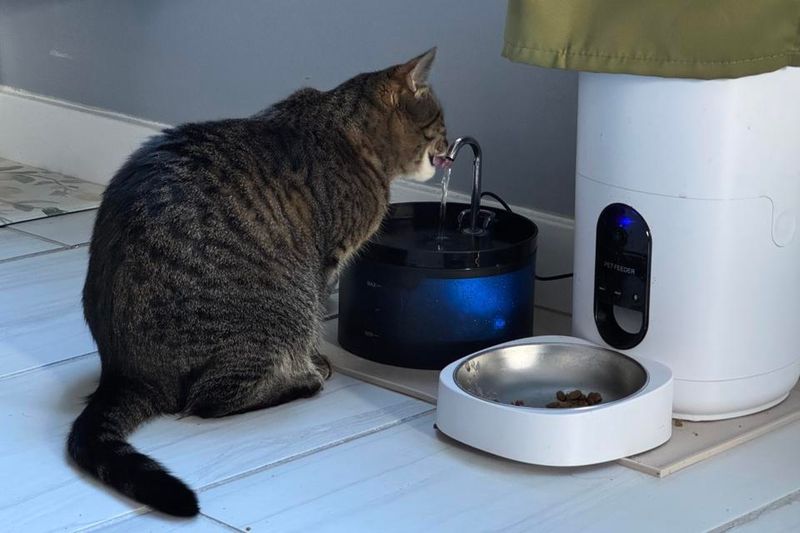
Many cat owners provide just one water bowl, usually placed next to the food dish. Cats naturally prefer water sources away from their food to avoid contamination.
Try placing multiple water dishes throughout your home. Fresh, clean water in various locations encourages better hydration and helps prevent urinary issues. Some cats also prefer running water, making a fountain a worthy investment.
2. Overlooking Dental Health

Teeth cleaning often falls to the bottom of the priority list for many cat owners. Bad breath isn’t just unpleasant—it signals potential dental disease that affects your cat’s overall health.
Regular brushing with cat-specific toothpaste prevents painful conditions and expensive vet bills down the road. Start slowly by letting your cat taste the toothpaste before gradually introducing the brush.
3. Ignoring Litter Box Basics

The rule of thumb that gets forgotten? One litter box per cat, plus an extra. Cats are particular about bathroom cleanliness and may develop problems if forced to share.
Boxes should be scooped daily and placed in quiet, accessible locations. Many owners also make the mistake of using scented litter, which cats typically dislike. Unscented clumping litter in a spacious box keeps everyone happy.
4. Misreading Body Language

A wagging tail in cats doesn’t mean happiness like it does in dogs. It actually signals agitation or overstimulation. Purring isn’t always contentment either—cats sometimes purr when stressed or in pain.
Flattened ears, dilated pupils, and a twitching tail tip are warning signs to back off. Learning to interpret these subtle cues prevents scratches and builds trust between you and your feline friend.
5. Free-Feeding Dry Food Only

Leaving kibble out all day seems convenient but can lead to obesity and health problems. Cats are natural hunters designed to eat multiple small meals.
Scheduled feeding times with measured portions help maintain healthy weight. Including wet food provides essential moisture cats often don’t drink enough water to obtain otherwise. Consider puzzle feeders to satisfy hunting instincts while slowing down fast eaters.
6. Skipping Regular Weigh-Ins
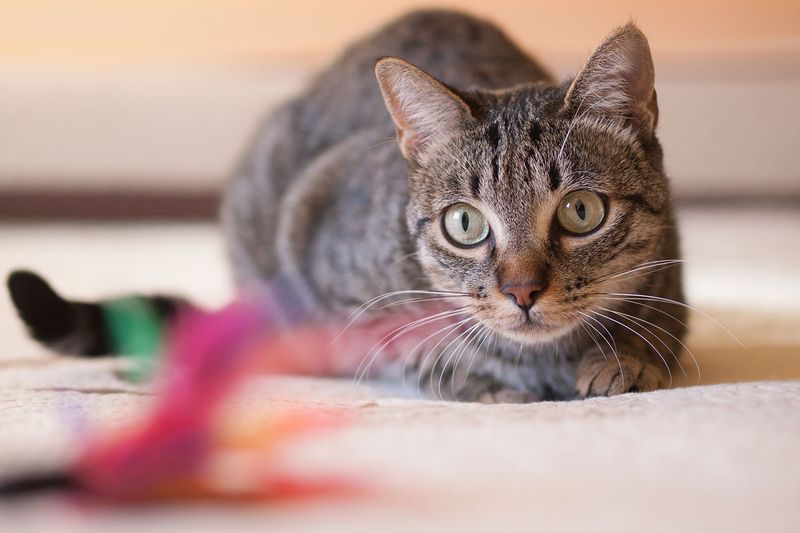
Weight changes can be the first sign of health problems, yet many owners don’t monitor this vital statistic. A cat gaining or losing just one pound is significant when they only weigh 10-12 pounds total.
Monthly weigh-ins help catch issues early. Try standing on your bathroom scale holding your cat, then subtract your weight, or invest in a small pet scale. Record these numbers to track patterns over time.
7. Punishment Instead Of Redirection
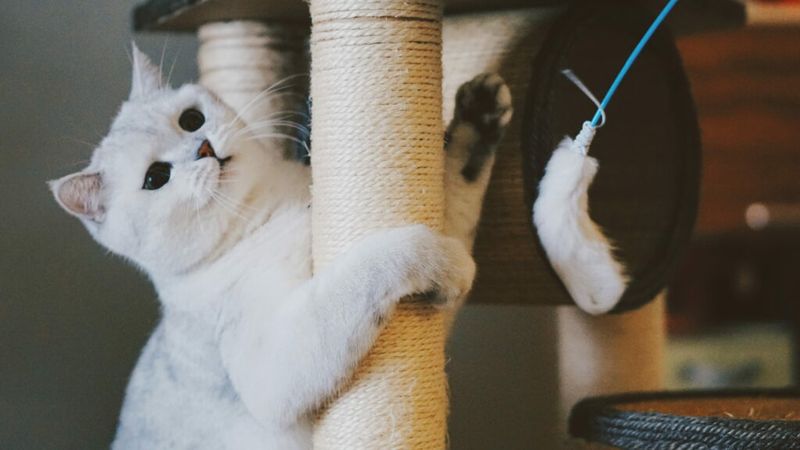
Spraying water or yelling when cats scratch furniture only creates fear and anxiety. Remember, scratching is a natural behavior they can’t simply stop.
Instead, provide attractive alternatives like tall, stable scratching posts covered in different textures. Place them near furniture that’s being damaged. Reward your cat with treats when they use appropriate scratching surfaces to reinforce good habits.
8. Neglecting Enrichment Needs

Indoor cats especially need mental stimulation to prevent boredom and behavior problems. Simply providing food and shelter isn’t enough for these intelligent animals.
Rotate toys weekly to maintain interest. Create vertical space with cat trees and shelves. Schedule daily interactive play sessions that mimic hunting – wand toys with feathers or mice attachments are perfect. Even five minutes twice daily makes a huge difference.
9. Inconsistent Grooming Routines
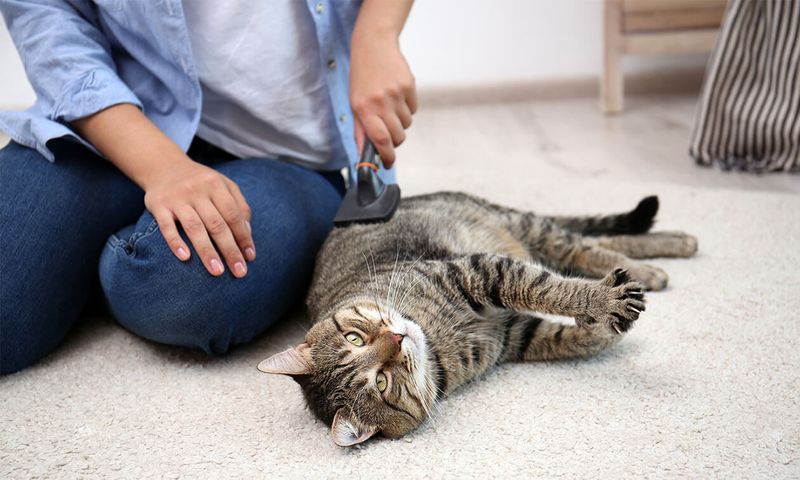
Short-haired cats need brushing too! Many owners assume only long-haired breeds require regular grooming, leading to excessive shedding and hairballs.
Weekly brushing removes loose fur and distributes skin oils for a healthier coat. It also provides bonding time and helps you notice any skin issues early. Start with short sessions using a brush your cat enjoys – some prefer soft bristles while others like rubber curry combs.
10. Improper Carrier Introduction
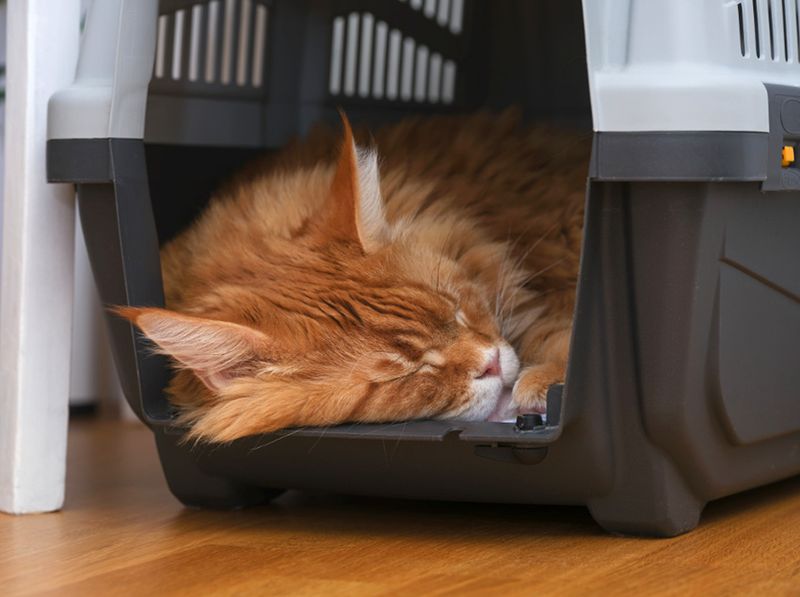
Bringing out the carrier only for vet visits creates negative associations. Suddenly appearing with that dreaded box triggers an immediate hiding response in many cats.
Keep the carrier out as regular furniture with cozy bedding inside. Feed treats and meals near or inside it occasionally. For appointments, wrap nervous cats in a towel before gentle placement inside. Spray calming pheromones in the carrier 30 minutes before travel.
11. Missing Medical Check-Ups
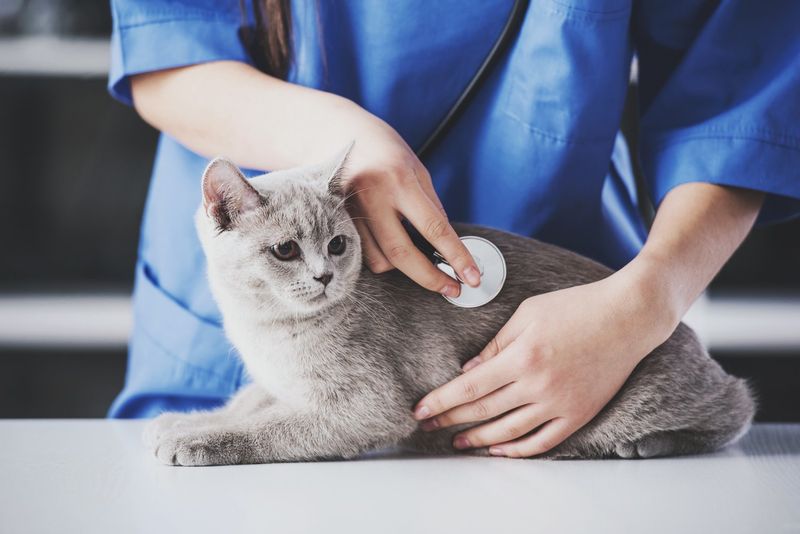
Cats hide illness remarkably well – an evolutionary trait from their wild ancestors. By the time symptoms become obvious, conditions are often advanced.
Annual vet visits catch problems early when treatment is most effective. Senior cats (over 7 years) benefit from twice-yearly exams. Regular bloodwork can detect kidney disease, diabetes, and thyroid issues before visible symptoms appear. Consider these visits preventative investments in your cat’s long-term health.
12. Introducing New Pets Hastily

Throwing a new cat or dog into the mix without proper introduction creates lasting tension. First impressions matter tremendously in the feline world.
Proper introductions take weeks, not days. Start with scent swapping using towels rubbed on each animal. Progress to eating on opposite sides of a door, then visual contact through a baby gate. Rush this process and you might face years of conflict between pets.
13. Using Human Medications

Never give human pain relievers to cats! Common medications like acetaminophen and ibuprofen are extremely toxic to felines, potentially causing kidney failure, liver damage, or death.
Cats process drugs differently than humans or even dogs. Even a small dose can be fatal. Always consult your veterinarian before giving any medication. Keep all pills secured in cabinets where curious paws can’t reach them.
14. Dismissing Behavior Changes

Suddenly hiding more? Stopped jumping on furniture? Using the litter box inconsistently? These subtle shifts often get attributed to “just being a cat” when they’re actually potential warning signs.
Any behavior change warrants attention. Litter box issues might indicate urinary tract infections or bladder stones. Reduced jumping could signal arthritis pain. Keep a log of changes to share with your vet, as these observations provide valuable diagnostic clues.






